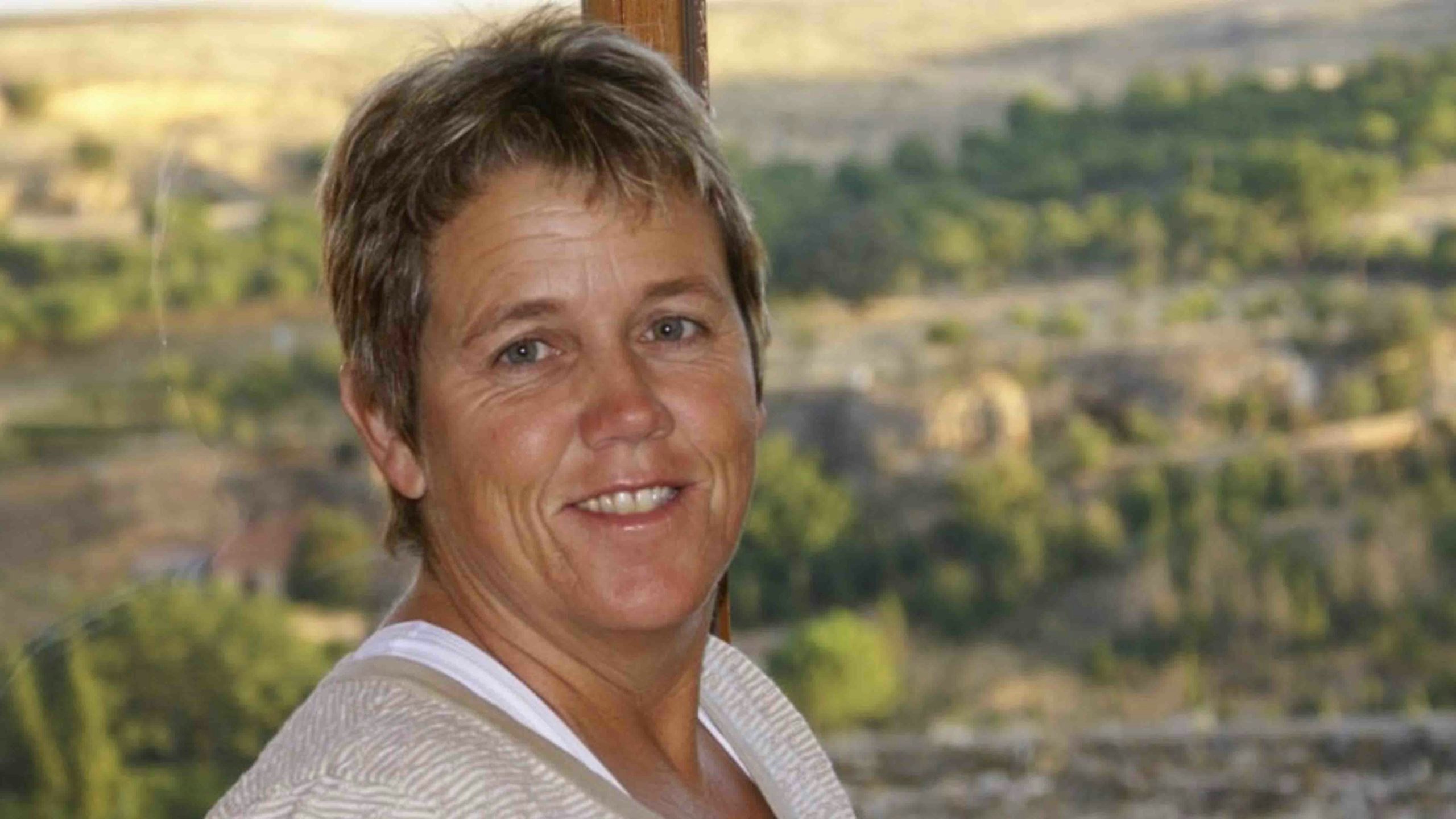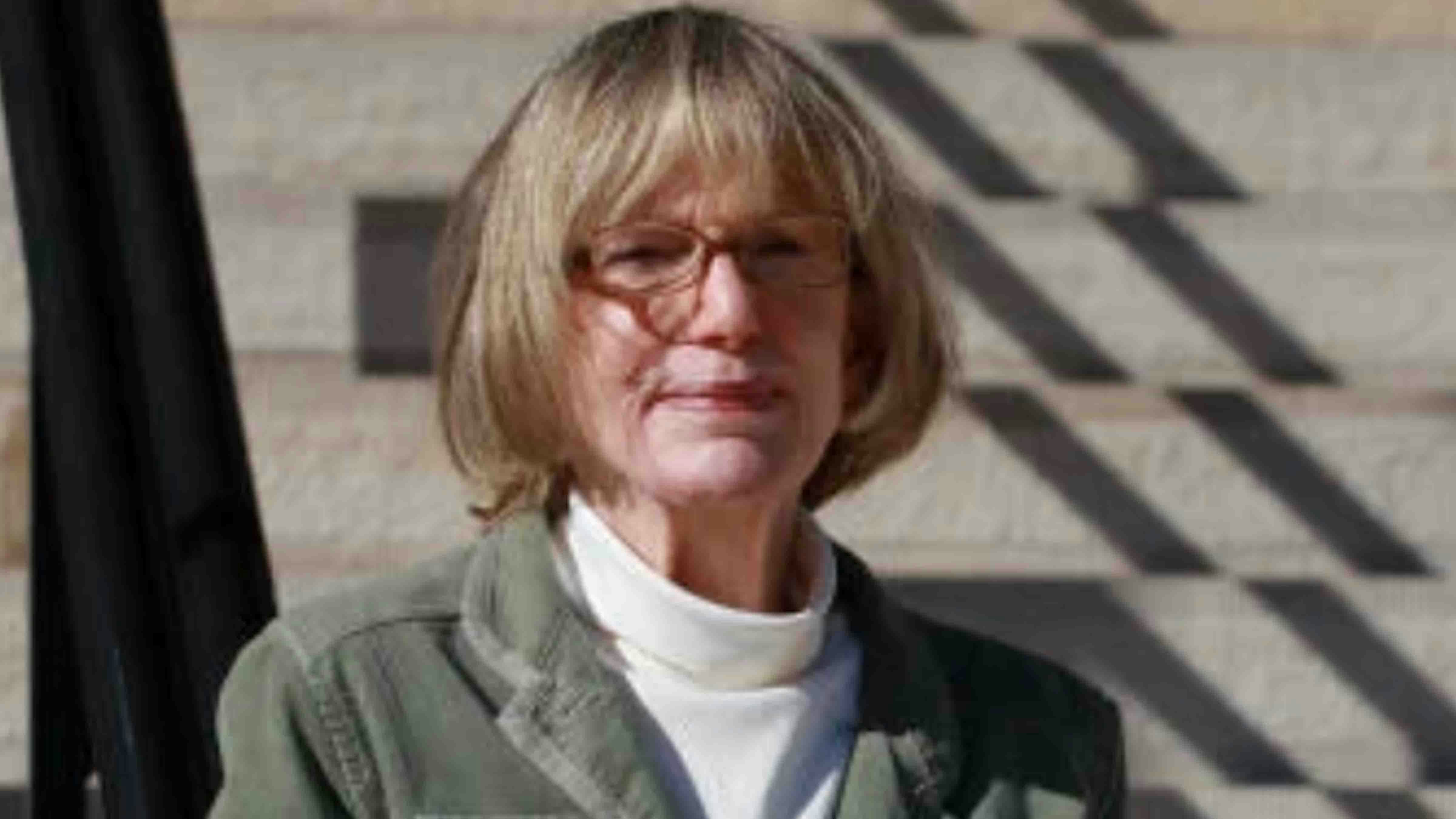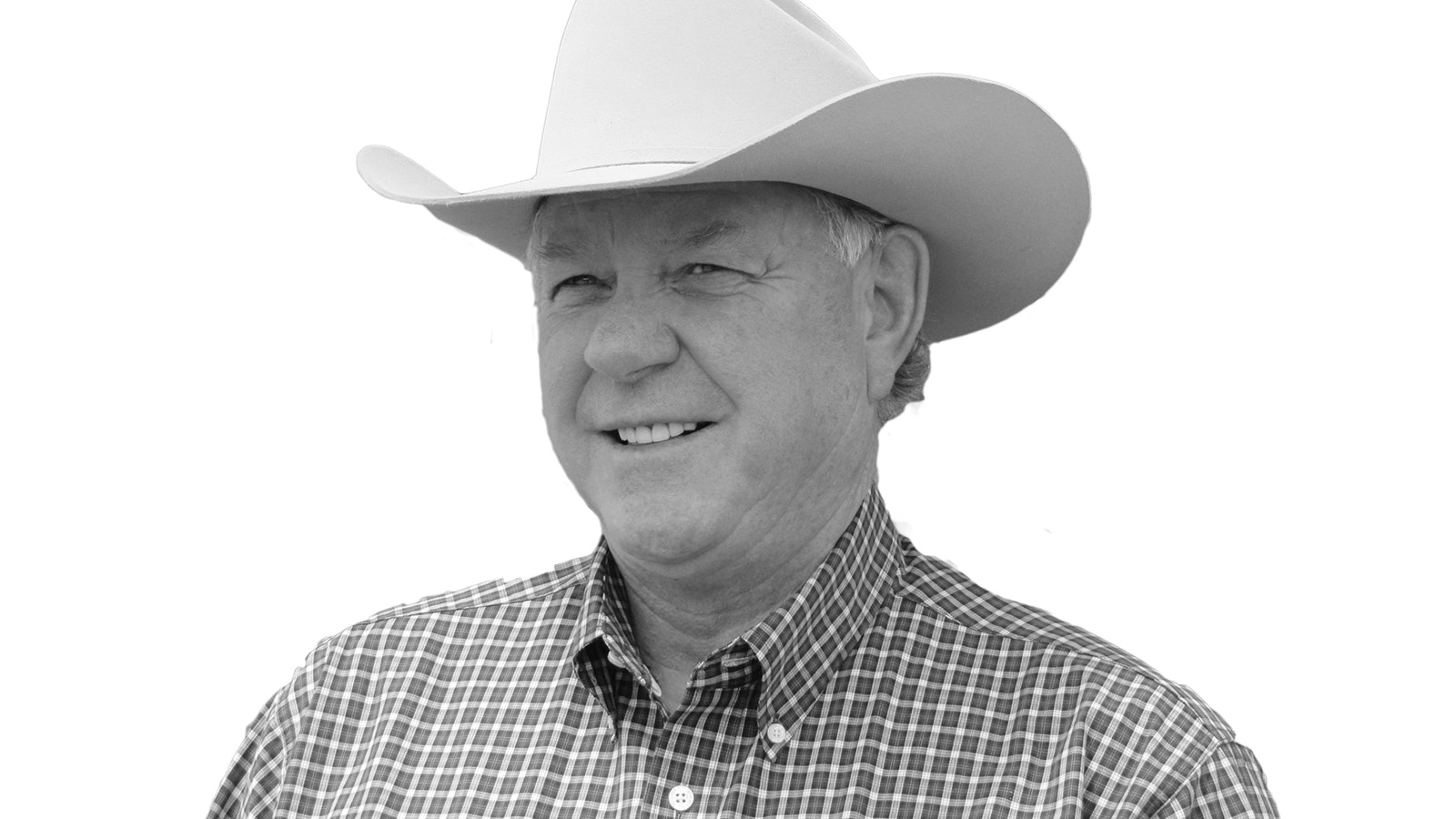The headline on the Bureau of Land Management press release makes the proposal sound benign: “BLM rule update would improve emergency response on public lands.”
Who wouldn’t support such a thing? Improving emergency response on public lands (or anywhere else) is in the public interest. It’s common sense to support the ability of the agency to close or restrict access to certain public lands in response to a natural disaster like a wildfire or flood, or in response to emergency incidents like hazardous materials spills.
The BLM is currently accepting public comment on proposed updates to regulations for temporary closures or restrictions on public land uses.
If adopted, the rule changes would remove the requirement to publish temporary closure and restriction orders in the Federal Register and instead direct BLM to use modern communications tools (social media, local news outlets, posting signs in area of closure) to notify the public of temporary closures or restrictions.
The proposal would also allow the closure and restriction orders to take effect immediately upon signature of the authorized officer. All that seems reasonable when it comes to emergency response.
But the proposed rule changes would apply to far more than emergency response. The BLM now says that the proposed rule “would help clarify the broad range of situations in which the BLM may issue temporary closure and restriction orders.”
Instead of confining such orders to the protection of “persons, property, and public lands and resources,” the proposed rule would allow the agency to close areas for “implementation of management responsibilities” (whatever that is), and to “avoid conflicts among public land users,” and to “ensure the privacy of Tribal activities for traditional or cultural use.”
I can imagine the BLM issuing closure orders for things like weed spraying, and for special recreation events – but those orders are issued for public safety and not just for the broad purpose to “avoid conflicts among public land users.”
The BLM proposal notes that the agency currently issues closure restrictions for special recreation events such as Burning Man Project and numerous off-road races. That’s true, but those closure orders are issued after the agency conducts a public environmental analysis for issuance of the permits for these recreational events – giving the public plenty of time to know about and prepare for the closures, with those closures for a very limited amount of time.
That doesn’t appear to be what BLM is aiming for with its proposal. It notes: “While implementing various resource management strategies, it is sometimes necessary to exclude the public from areas of the public lands for either implementation efficiency or effectiveness.” That has nothing to do with public safety or emergency response.
What’s the big deal allowing the BLM to have broader powers for temporary closure orders? To start, it’s important to know that what the public views as “temporary” may be substantially different from the BLM’s interpretation of the word.
According to the proposal, “the term ‘temporary’ should be understood in relation to the underlying condition for which the BLM determines that a closure or restriction is warranted; it would not impose any specific time limitations on a closure or restriction order.”
“Instead, a temporary closure or restriction order would generally remain in effect until the situation it is addressing has ended or abated, it expires by its own terms, or the BLM issues a superseding decision, which can include incorporating the terms of a closure or restriction order into a resource management plan,” the proposal states.
Therein lies the rub: the BLM would be given the power to determine what is temporary – which could be just days or weeks, or perhaps months or years. The proposal attempts to grant BLM that much power.
Think of the various reasons that BLM could close or restrict uses to “avoid conflicts among public land users.” Conflicts may exist between horseback riders or mountain bikers and hikers, between livestock producers and anti-grazing advocates, motorized and non-motorized recreationalists, between llama or goat packers and bighorn sheep advocates, between solitary anglers and commercial fishing outfitters, or between hunters and non-hunters. Under the rule, the BLM could, with the stroke of a pen, close or restrict any area of public land, or any of these public land users, under any of these scenarios.
That’s a lot more power than the BLM currently has under the closure rules, even though the draft rule attempts to downplay that aspect. Although the proposed rule is only about 340 words, the BLM’s 6-page explanation of the rule uses the word “merely” three times in describing the changes, as in: “The proposed rule would merely modernize and streamline the procedures governing how the BLM issues temporary closure and restriction orders, providing the public with better clarity about the scope of these orders and when they are effective.”
Under the proposed rule, any person who violates a temporary closure or restriction order may be tried before a United States magistrate and fined up to $5,000 and/or imprisoned for up to 12 months.
The agency is accepting public comments on the rule until Jan. 22, 2024. Get the details here.
Cat Urbigkit is an author and rancher who lives on the range in Sublette County, Wyoming. Her column, Range Writing, appears weekly in Cowboy State Daily.





